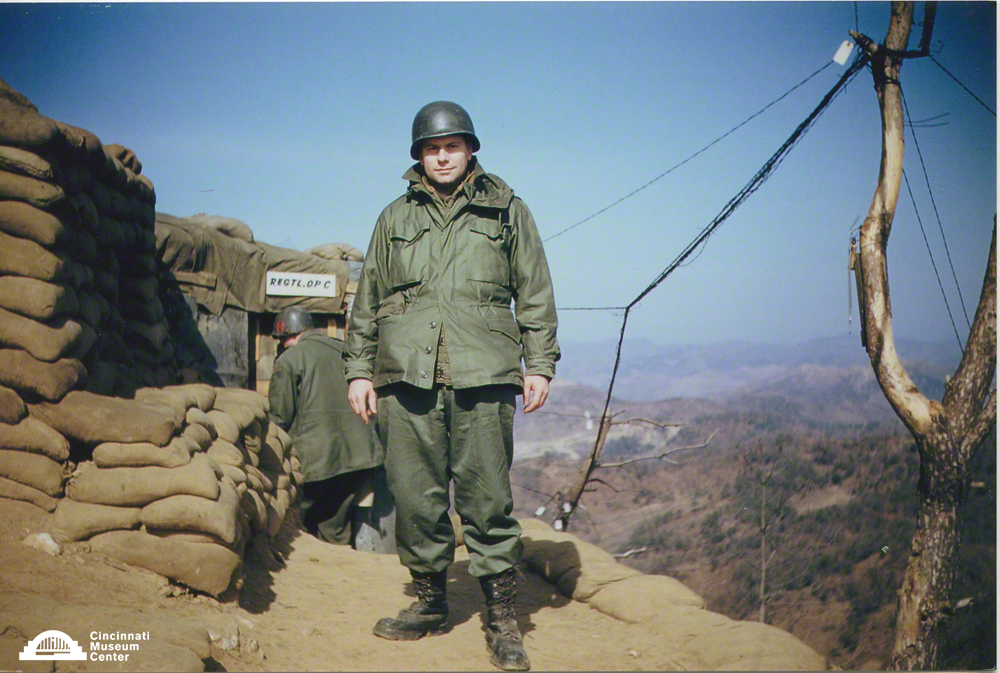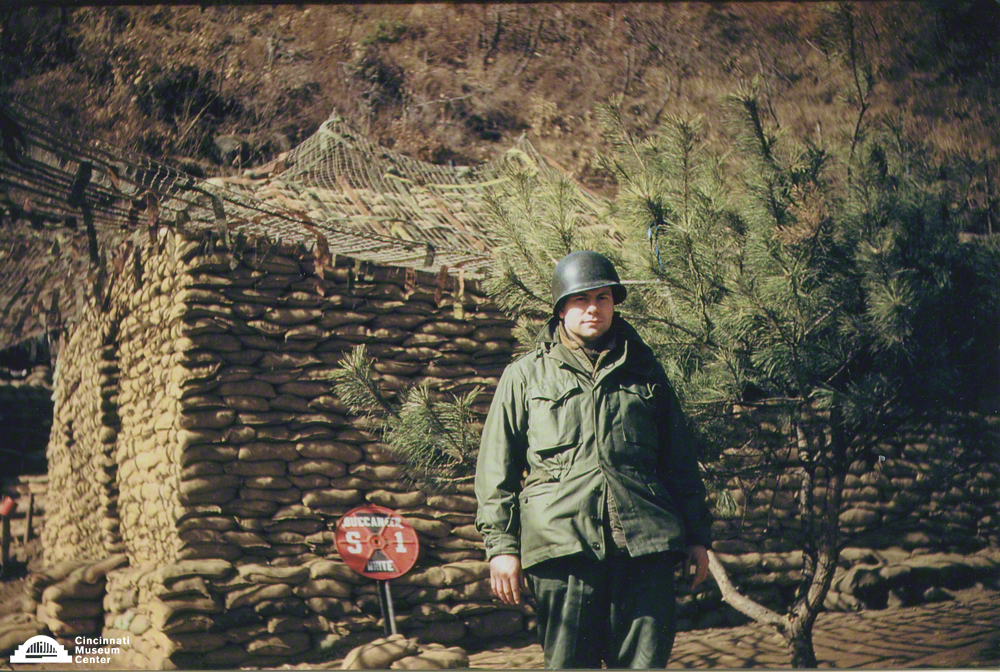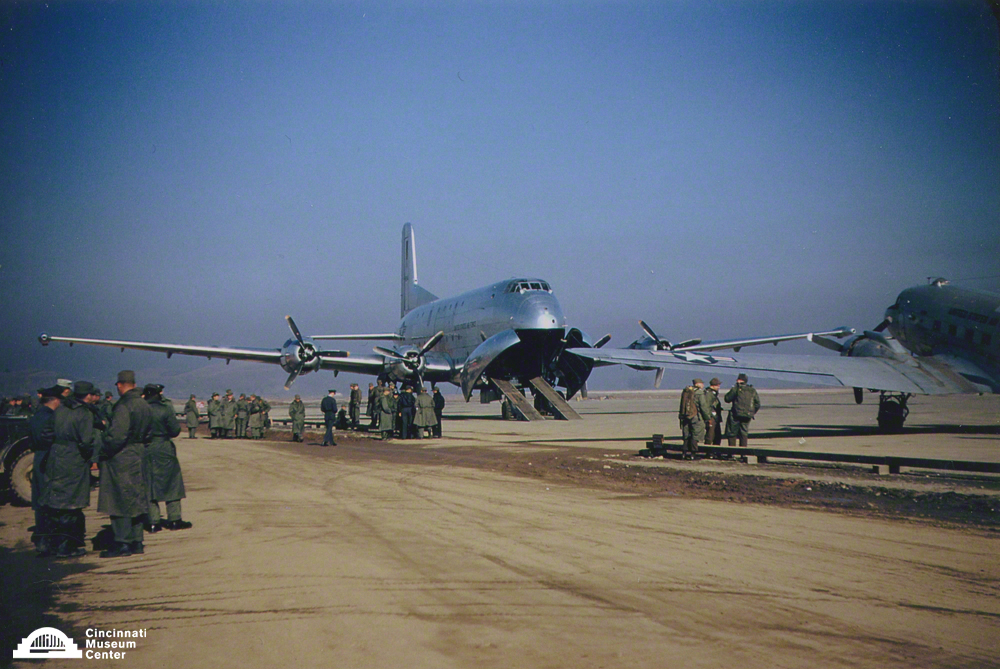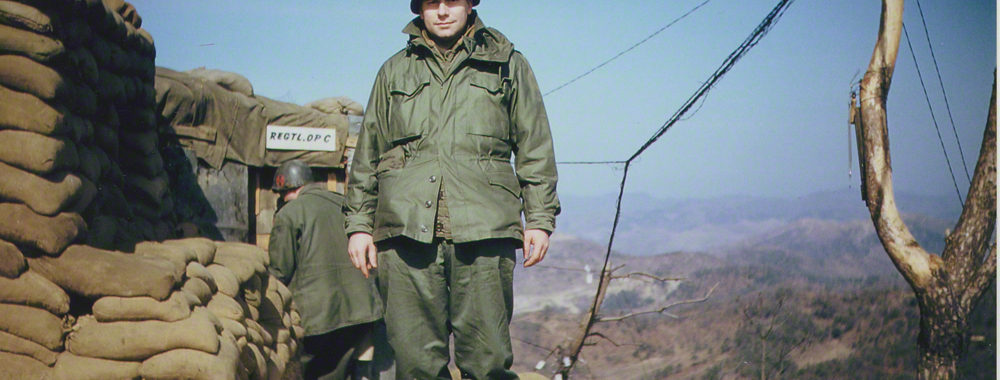
CMC Blog
Dr. James A. Stewart, Captain, U.S. Army, Mobile Army Surgical Hospital (M.A.S.H.)
By: Dave Conzett, Curator of History Objects and Fine Arts

The son of Dr. James E. and Rose Stewart, James Antenen Stewart was born in Hamilton, Ohio on January 7, 1923. He graduated from Hamilton High School in 1941 and the University of Cincinnati in 1945. Dr. Stewart graduated from the University of Cincinnati, College of Medicine in 1947, and completed a three-year surgical residency at Christ Hospital.
Stewart enlisted in the Officer’s Reserve Corps and was commissioned a Captain in the U.S. Army in 1951. He served as a surgeon at Fort Campbell, Kentucky, until January 1953, when he was sent to Korea. Captain Stewart was the Commanding Officer of the 40th Infantry Division Medical Clearing Company and saw action at the Punchbowl and Heartbreak Ridge battles. He later served as the Chief Surgeon of a Mobile Army Surgical Hospital (M.A.SH.) near Seoul.
Mobile Army Surgical Hospitals were established in August 1945, at the close of World War Two. During World War One and World War Two, the U.S. Army medical system consisted of the front-line combat medic, the Battalion Aid Station (B.S.A.), field hospitals and general hospitals. The combat medic would administer basic, life-saving, first aid to the wounded and move them to the Battalion Aid Station as quickly as possible for stabilizing surgery. The critically wounded soldier would then be transferred to a field hospital or a general hospital many miles behind the front-lines for further treatment.
Unlike the earlier field hospitals, the Mobile Army Surgical Hospital or M.A.S.H. provided a fully equipped and professionally staffed surgical hospital on the front-lines. While combat medics still performed their heroic duties, and the Battalion Aid Station offered basic surgery – MASH units provided extensive surgical treatment for the seriously wounded soldier. During the Korean War, a critically wounded soldier had a greater than 97% chance of survival once he reached a M.A.S.H unit.
Captain Stewart returned to Cincinnati and was honorably discharged from the U.S. Army in January 1954. Following two years of service at the Veterans Administration Hospital in Clarksburg, West Virginia, Dr. Stewart returned to Hamilton, Ohio and established a successful surgical practice. He died in 2008.

Dr. Stewart in Korea

A Douglas C-124 loading wounded soldiers in Korea.
Museum Admission
Includes Cincinnati History Museum, Museum of Natural History & Science and The Children’s Museum.
| Adult (13+): | |
| Senior (60+): | |
| Child (3-12): | |
| Member Adult: | FREE |
| Member Child: | FREE |
Members receive discounts!
Become a Member today to save on programs, exhibits and films throughout CMC.
Museum Hours
Open Thursday – Monday
10 a.m. to 5 p.m.
Closed Tuesday and Wednesday
Closed Thanksgiving Day and Christmas Day
Member’s-only early entry: Saturdays at 9 a.m.
Customer Service Hours:
Monday – Sunday, 9 a.m. to 5 p.m.



